Barium Tungsten Electrodes for Gas Discharge Lamps
- Details
- Category: Tungsten Information
- Published on Thursday, 24 April 2025 17:11
- Written by Zhenghua
- Hits: 265
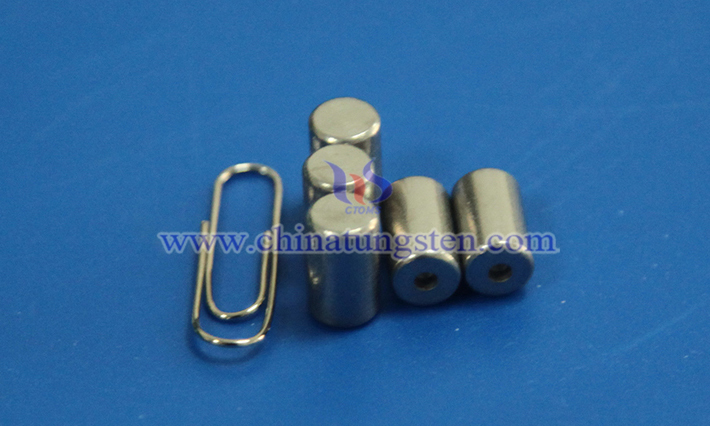
Gas discharge lamps are lighting devices that generate light through gas discharge, widely used in fluorescent lamps, high-intensity discharge (HID) lamps (such as sodium lamps, mercury lamps, and metal halide lamps), and specialized light sources. One of their core components is the electrode, with barium tungsten electrodes frequently employed in certain gas discharge lamps due to their superior performance.
Read more: Barium Tungsten Electrodes for Gas Discharge Lamps
Barium Tungsten Electrode for Vacuum Tubes
- Details
- Category: Tungsten Information
- Published on Thursday, 24 April 2025 17:08
- Written by Zhenghua
- Hits: 247
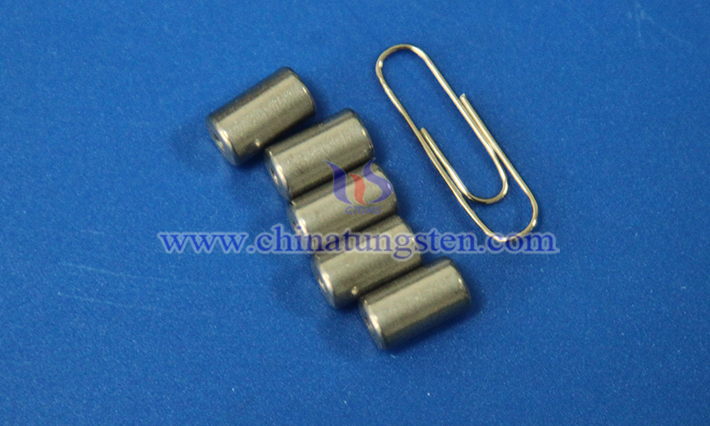
The barium tungsten electrode combines the high-temperature resistance of tungsten with the low work function of barium, making it an efficient and stable cathode material for vacuum tubes. Its balance of electron emission efficiency, longevity, and application versatility has led to its widespread use in various high-performance vacuum tube devices.
Barium Tungsten Electrodes for Hot Cathode Electron Tubes
- Details
- Category: Tungsten Information
- Published on Thursday, 24 April 2025 17:04
- Written by Zhenghua
- Hits: 236
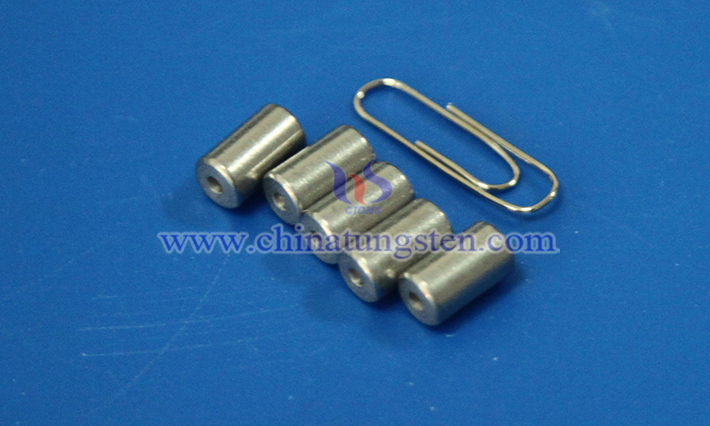
Barium tungsten electrodes are critical materials in hot cathode electron tubes. Their unique physical and chemical properties make them a preferred solution in the field of electron emission, with extensive applications, particularly indispensable in special lighting sources and high-performance electronic devices.
Read more: Barium Tungsten Electrodes for Hot Cathode Electron Tubes
Barium Tungsten Electrodes in Cathode Ray Tube
- Details
- Category: Tungsten Information
- Published on Thursday, 24 April 2025 17:06
- Written by Zhenghua
- Hits: 274
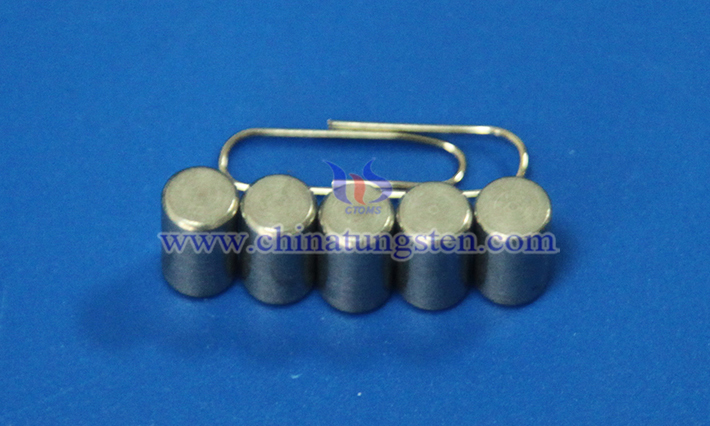
The Cathode Ray Tube (CRT) is a classic display technology, and one of its core components is the barium tungsten electrode, typically used as the cathode material in the electron gun. This electrode is responsible for efficiently emitting electron beams to generate images.
Applications of Barium Tungsten Electrodes in the Military Industry
- Details
- Category: Tungsten Information
- Published on Thursday, 24 April 2025 17:02
- Written by Zhenghua
- Hits: 255
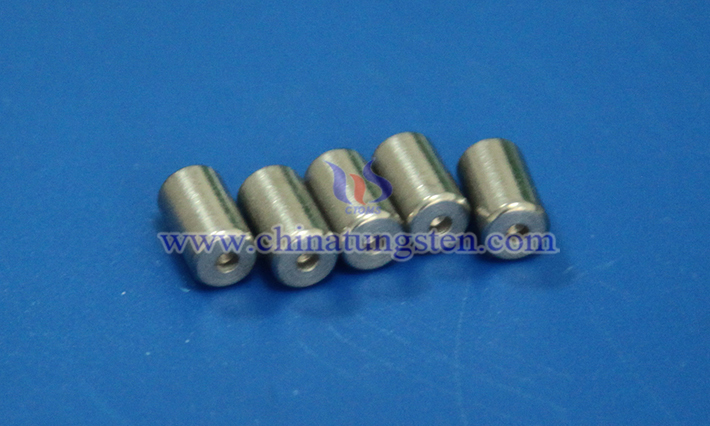
The applications of barium tungsten electrodes in the military industry are primarily related to their excellent physical and chemical properties, particularly in high-performance welding and the manufacturing of specialized equipment.
Read more: Applications of Barium Tungsten Electrodes in the Military Industry





 sales@chinatungsten.com
sales@chinatungsten.com